Kengo Kuma’s ‘Paper Clouds’ in London is a ‘poem’ celebrating washi paper in construction
‘Paper Clouds’, an installation by Japanese architect Kengo Kuma, is a poetic design that furthers research into the use of washi paper in construction
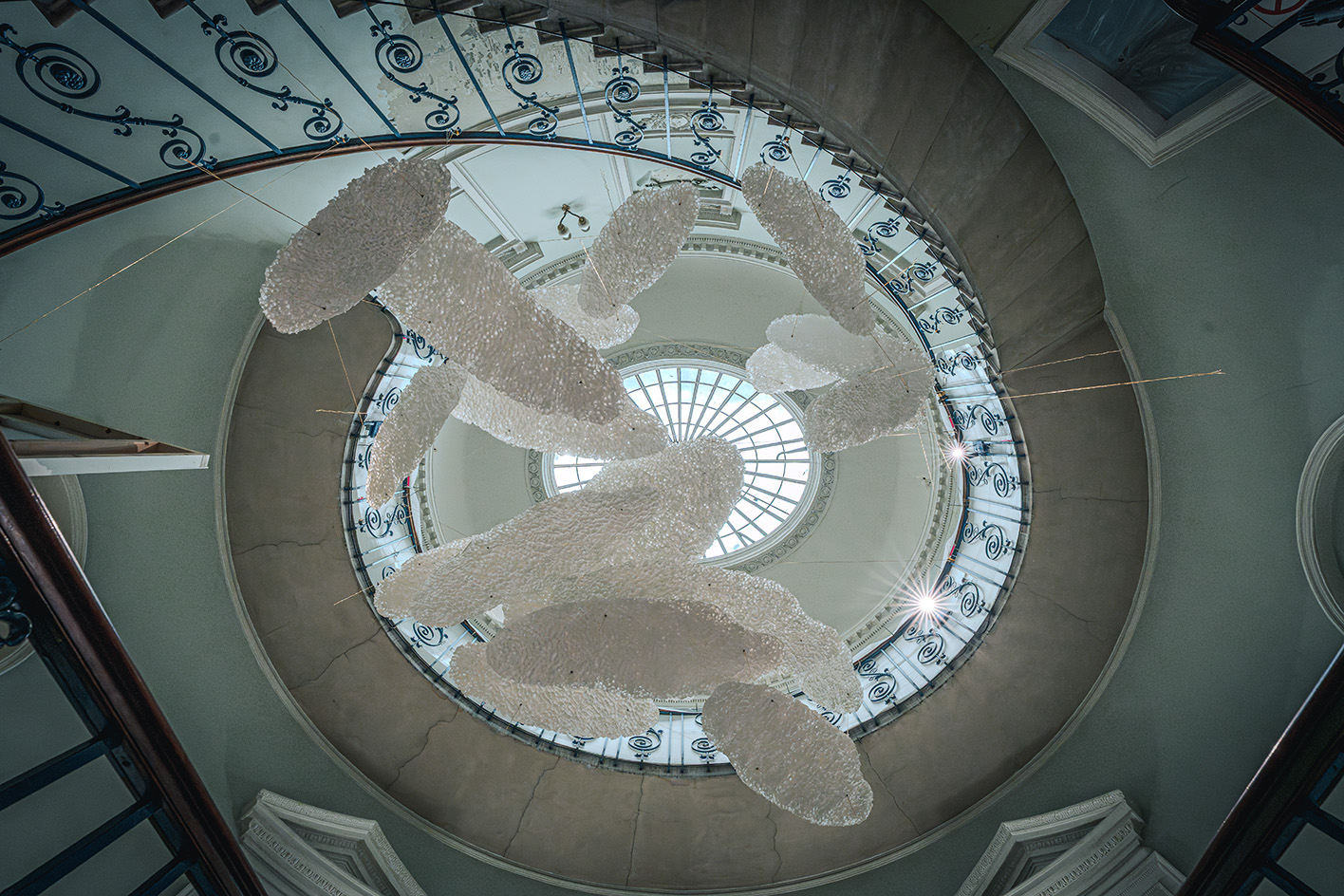
Paper Clouds, Kengo Kuma’s installation for the London Design Biennale 2025, floats through the grand geometric space of the Nelson Stair at Somerset House as if someone had scattered wafers from the top step. Around 70 panels of washi paper are suspended by gold thread and cascade around the interlocking stone steps, which were designed by Sir William Chambers in 1790. The combination of Japanese lightness and craft with classical solidity and verticality is pleasing for Kuma, who says that ‘dialogue between East and West’ is the central theme of the work.
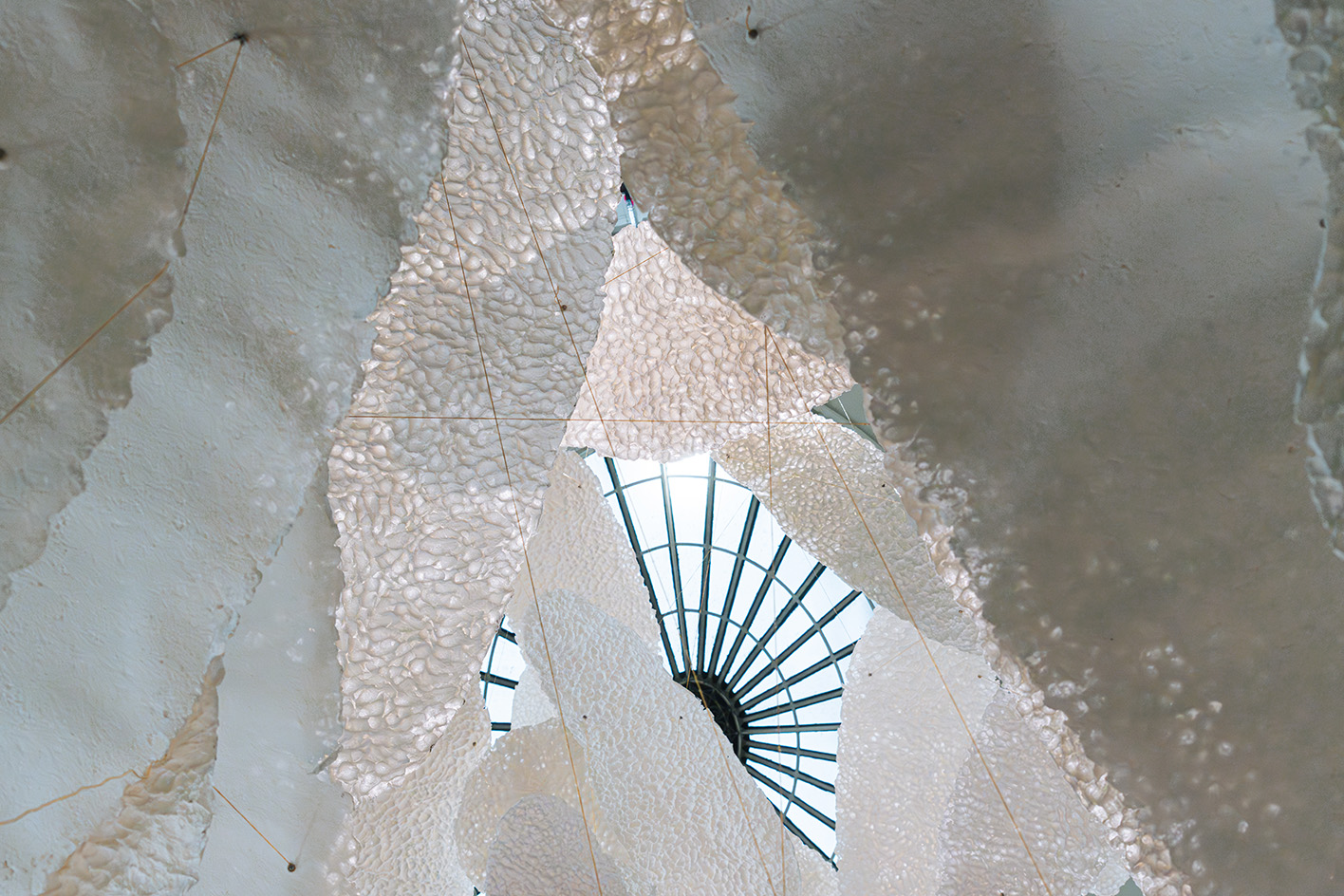
The installation is a collaboration between London-based Clare Farrow Studio and Sekisui House – Kuma Lab, the Tokyo University research department founded by Kuma in 2009. In 2020, at the official retirement age of 65, Kuma handed over to co-director Toshiki Hirano, a Kobe-born architect who specialises in post-digital architecture. This is Hirano’s third collaboration with Farrow in London, following Bamboo Ring in the V&A Courtyard in 2019 and Reinventing Texture at the 2021 London Design Biennale.
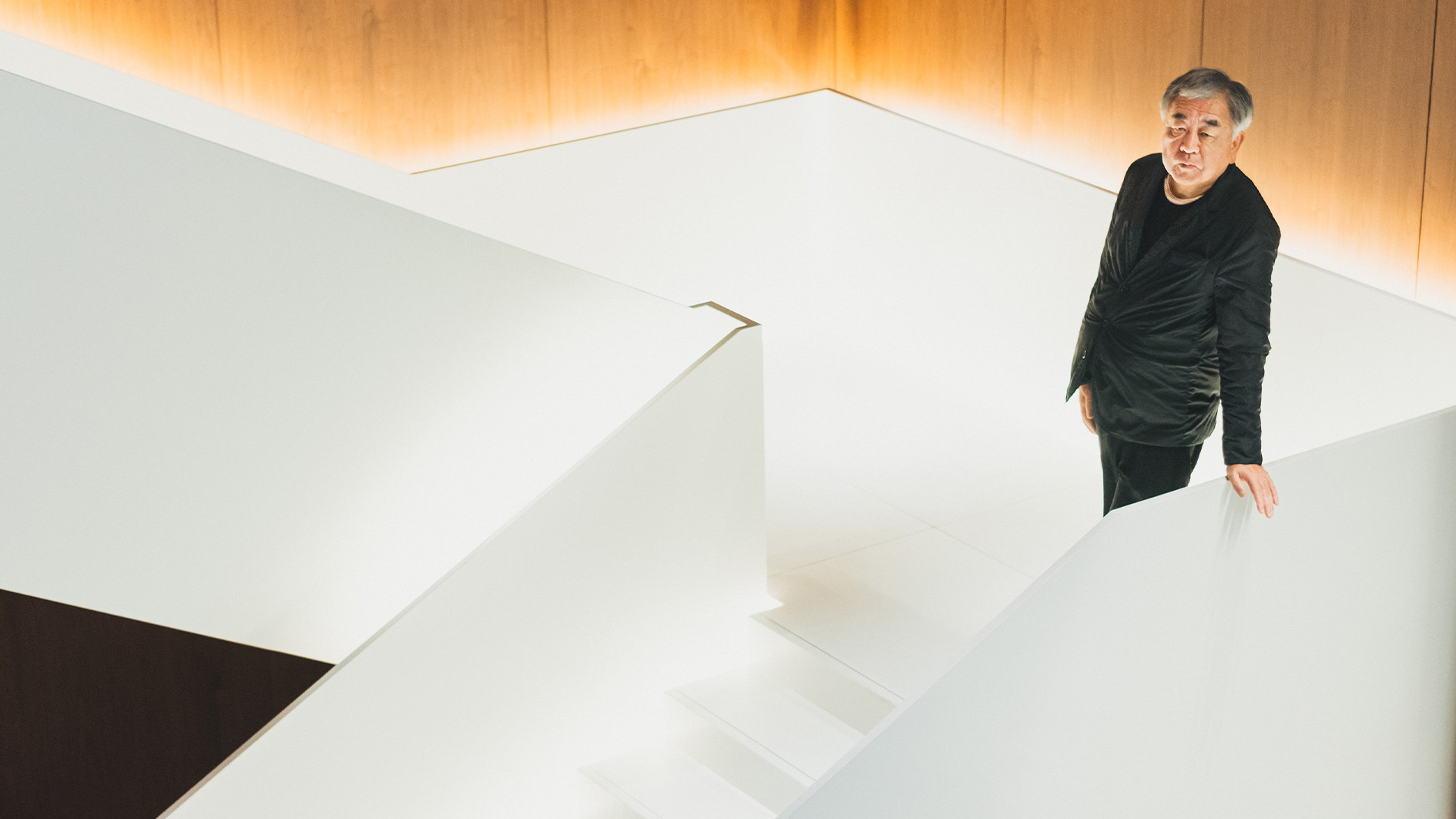
Kengo Kuma at one of his recent projects, The Tokyo Edition, Ginza, which opened in 2024
Step inside Kengo Kuma’s ‘Paper Clouds’
Described as a ‘poem’, Paper Clouds is deceptively light in meaning. Its design refers to the Japanese notion of Suyari-Gasumi – the trailing mist that is depicted in traditional paintings – but its purpose has weight: to further ongoing research into the use of washi paper in construction.
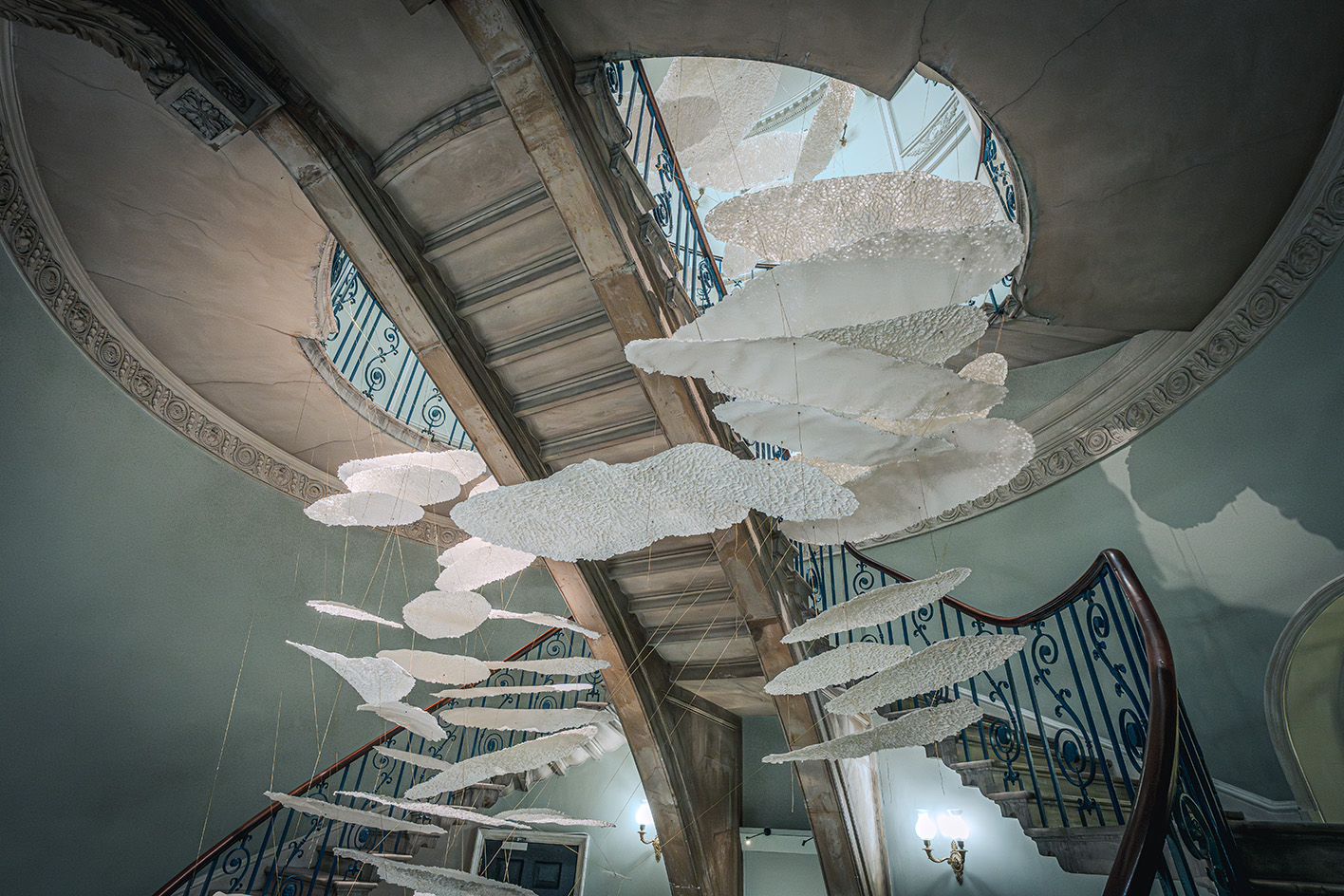
In order to produce elements that would combine strength and lightness, Hirano worked on a new technique using the same kōzo plant fibres as a traditional washi paper. Instead of creating a slurry that is drained on a screen, he made a thick paste, which he trowelled over a series of CNC-cut moulds. Using his fingers, he pressed the paste into a lattice texture that would produce structural stiffness. Once dry, each ‘wafer’ was peeled away from the mould, leaving a shallow-bowl shape with minimal weight and maximum strength.
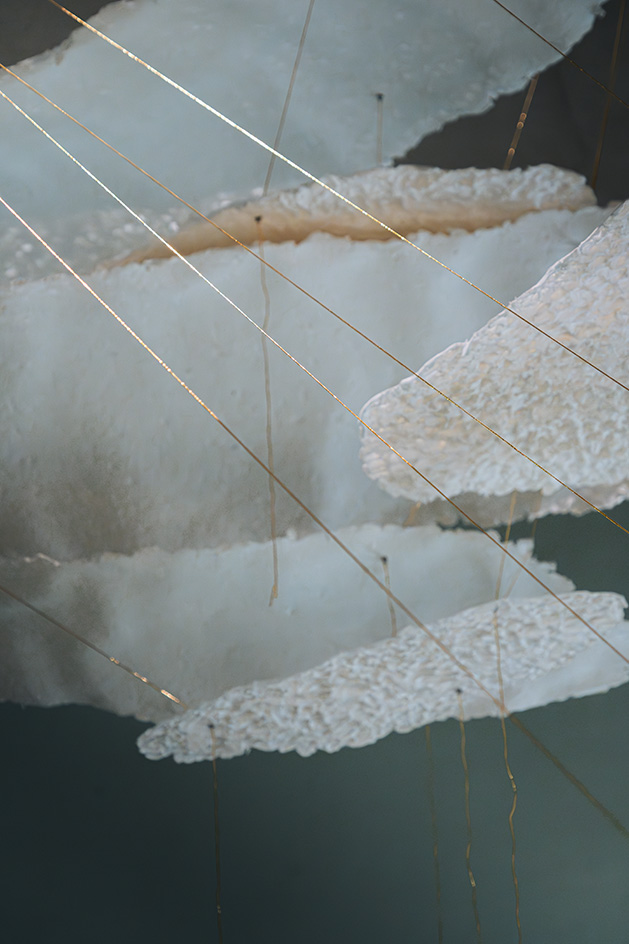
Over time, Kuma and Hirano hope that the research may result in permanent buildings and they are working on coatings for the paper that could allow it to be used outdoors. The next step for Hirano will be to use the washi paste for 3D printing.
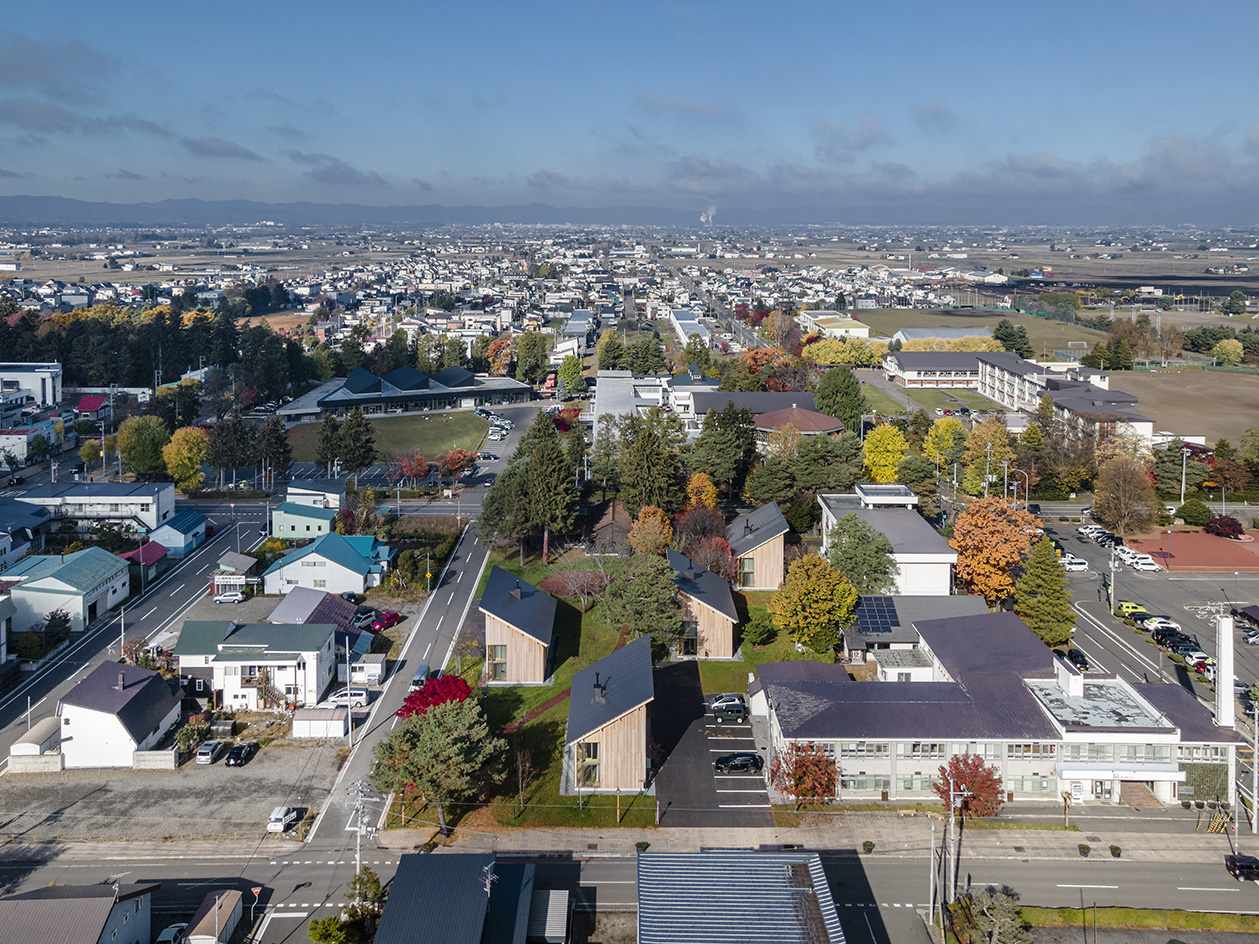
Kengo Kuma & Associates’ Mobile Office, Higashikawa
Small experimental projects continue to be important for Kengo Kuma & Associates (KKAA) even though the practice is prolific, with more than 400 staff working on projects in 50 countries. Kuma somehow manages to combine a pragmatic way of working with clients, who, he says, are usually ‘very safe and only wish to repeat the previous design’, with smaller projects that allow him to introduce a challenge or to test out a new material.
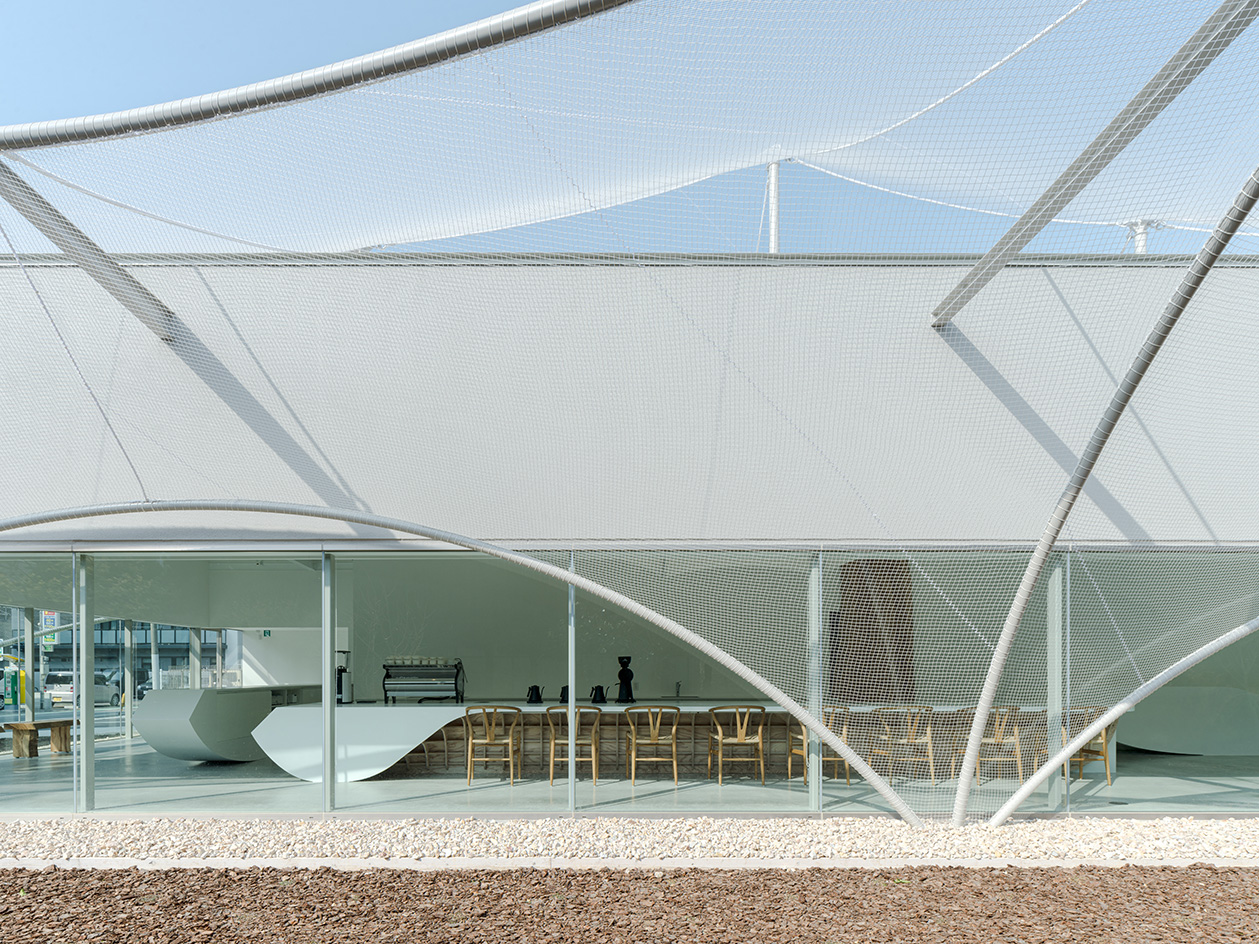
CS Somme café
A recent example is the CS Somme café in the southern Japanese prefecture of Fukuoka, completed earlier this year, which combines an arched steel truss for earthquake resistance with a delicate fabric mesh for shading. Lightness and ethereality are also the themes of a tent structure in the West Bund of Shanghai, completed in 2023. KKAA wrapped two ventilation towers by manually winding lightweight, 2mm aluminium wire in spirals onto a base of stainless-steel cables.
Receive our daily digest of inspiration, escapism and design stories from around the world direct to your inbox.
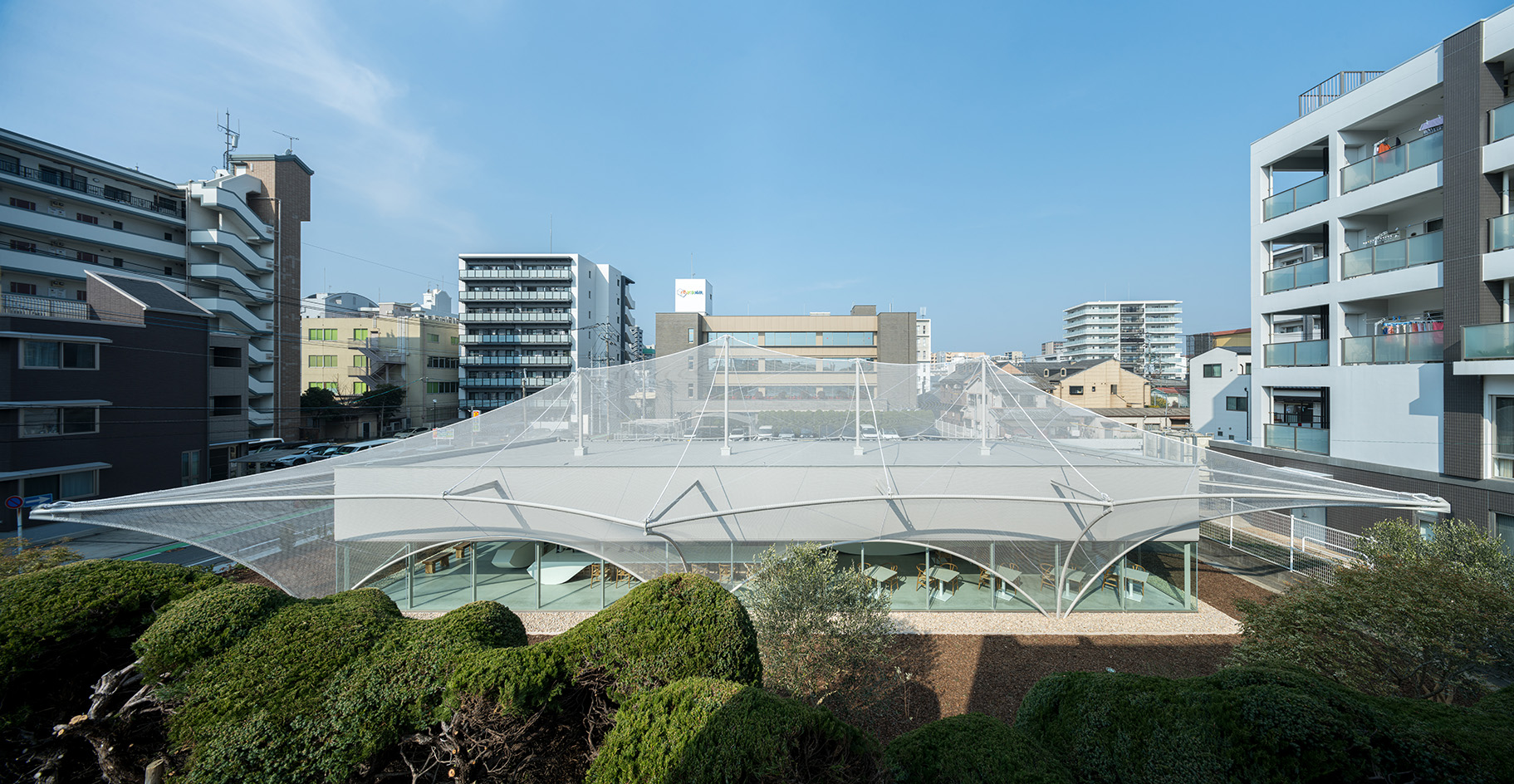
CS Somme café
Elsewhere in Shanghai, KKAA is working at a completely different scale with very different materials. At the former Jiangnan Shipyard on the Huangpu River, construction has started on a major new museum to document and celebrate the history of industry in Shanghai. Located on the site where steel was first produced in China in 1891, the building will be made from steel and aluminium, a significant break from Kuma’s recent work, with his recent work celebrating craft and nature.

Shanghai Industrial Museum competition
Paper Clouds is at Somerset House as part of the London Design Biennale, until 29 June 2025.
kkaa.co.jp
Vicky Richardson is an architecture curator and writer, and former Head of Architecture at the Royal Academy of Arts. She curated the exhibition Light Lines: The Architectural Photographs of Hélène Binet at the RA in 2021.
-
 ‘Architect of glamour’ Antony Price makes a high-voltage return to the runway with 16Arlington
‘Architect of glamour’ Antony Price makes a high-voltage return to the runway with 16ArlingtonFeaturing a runway debut from Lily Allen, the show saw legendary designer Antony Price – best known for outfitting Roxy Music in the 1980s – unite with 16Arlington’s Marco Capaldo on the sensual after-dark collection
-
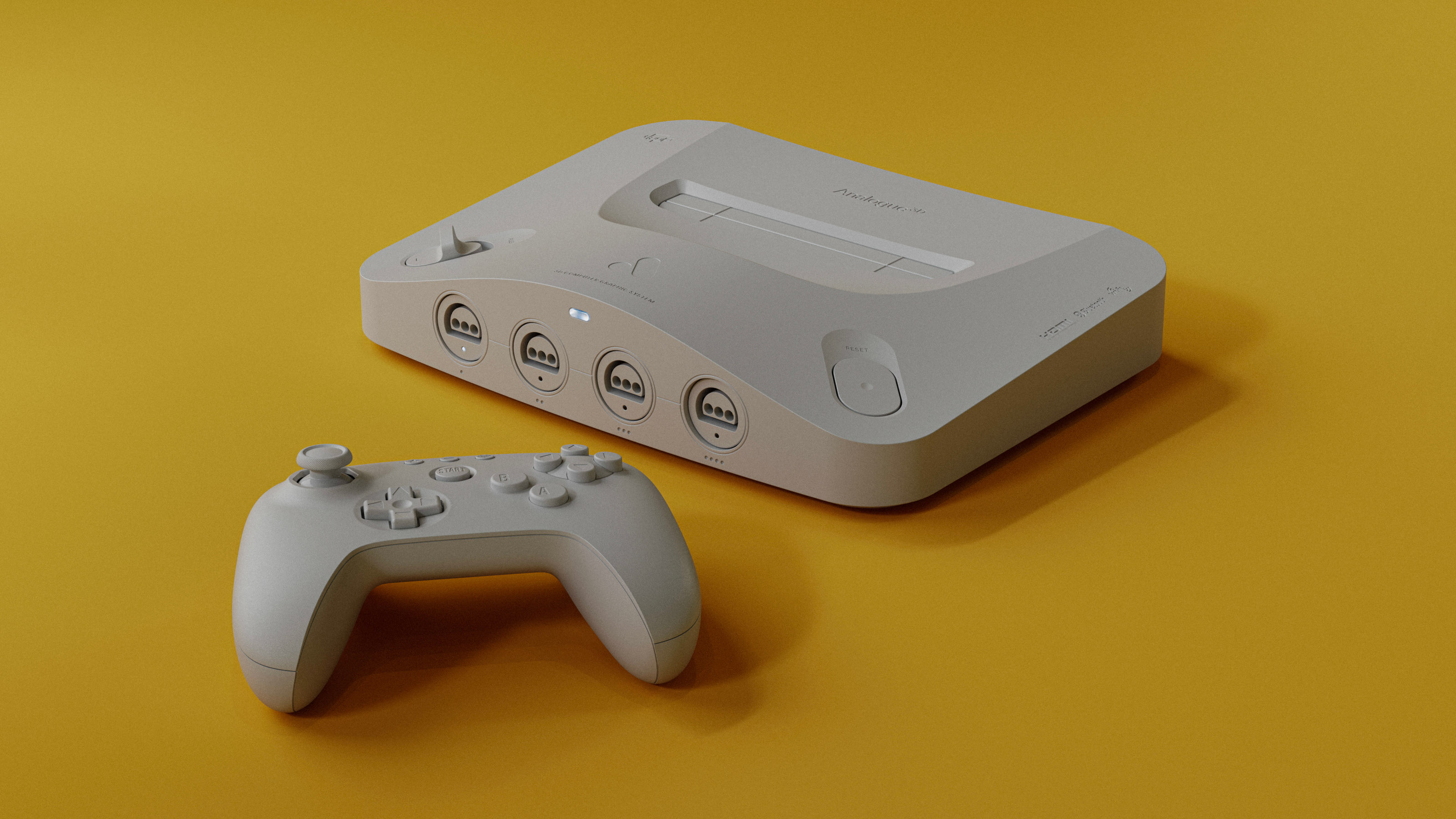 Step back in time with the newly released Analogue 3D gaming console
Step back in time with the newly released Analogue 3D gaming consoleLovers of the Nintendo N64’s pixel-perfect gameplay can now indulge their favourite console classics thanks to masterful hardware of the new Analogue 3D
-
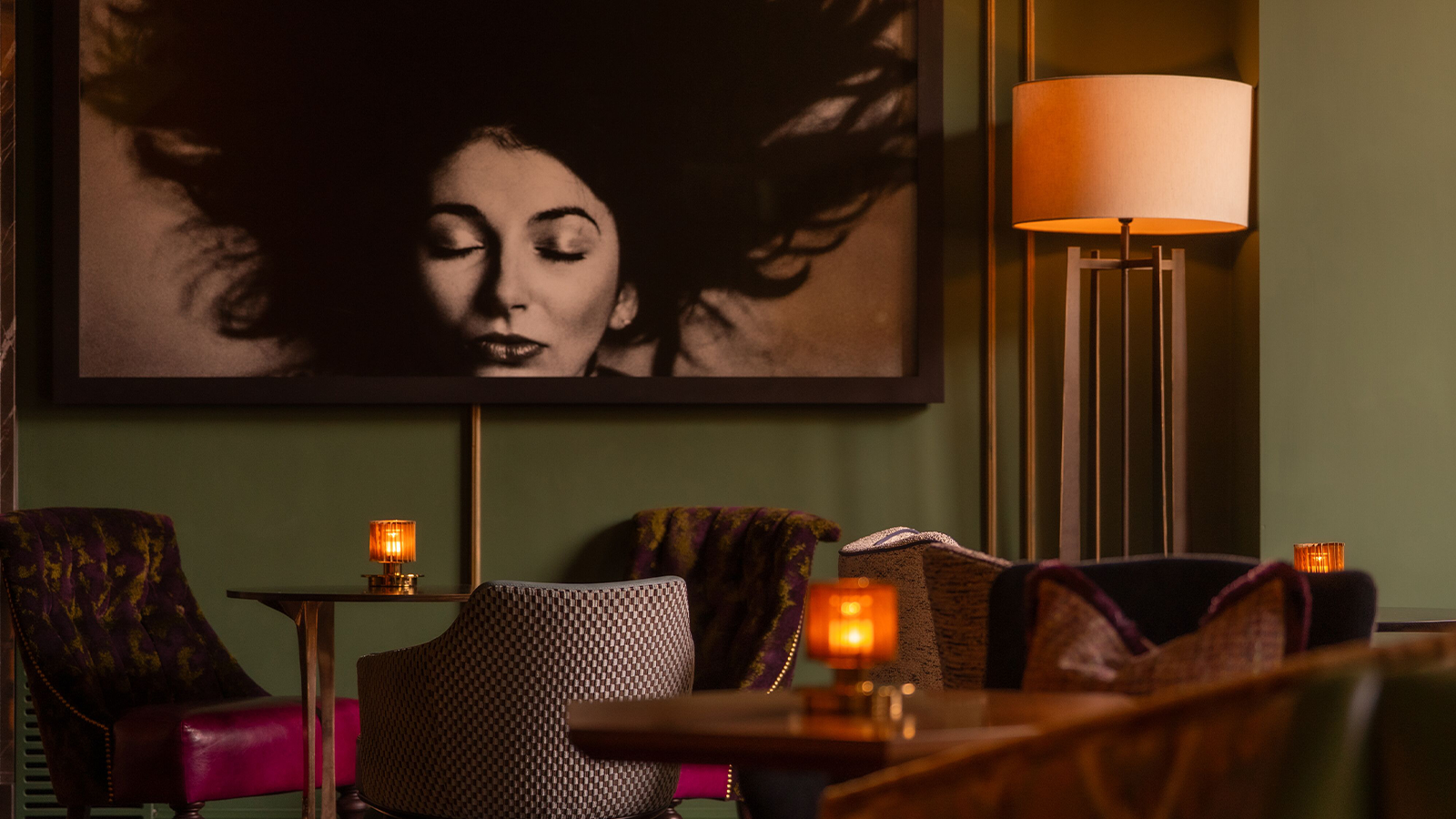 An around-the-world art tour with Rosewood
An around-the-world art tour with RosewoodFrom London to New York, Amsterdam and São Paulo, the hotel group showcases curated art that reflect the unique local context
-
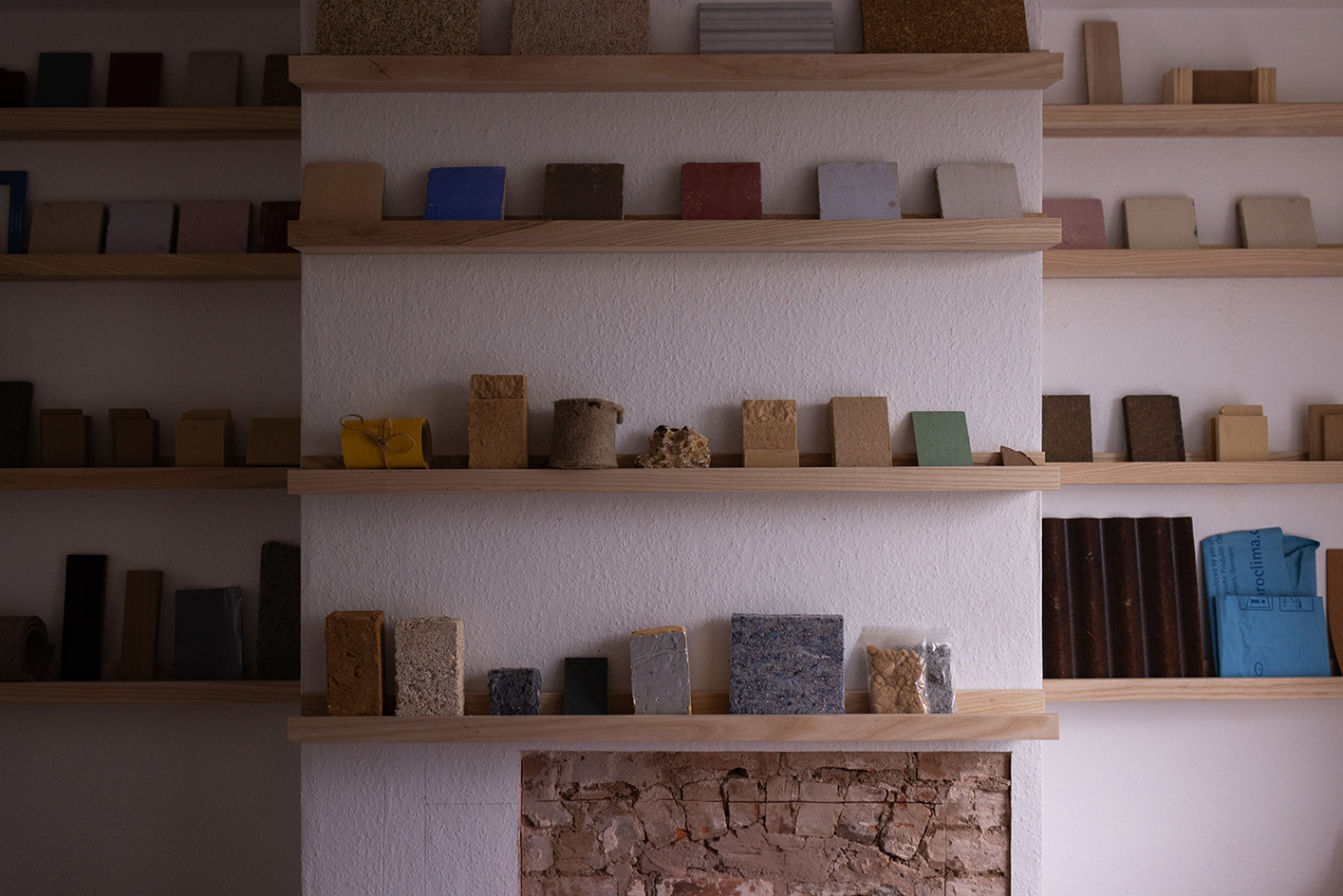 Take a tour of Retrofit House, the live showcase inspiring sustainable homebuilding
Take a tour of Retrofit House, the live showcase inspiring sustainable homebuildingRetrofit House, a showcase for residential redesign using biomaterials and environmentally smart methods, opens in Birmingham, UK, spearheaded by Civic Square, Dark Matter Labs and Material Cultures; we paid it a visit
-
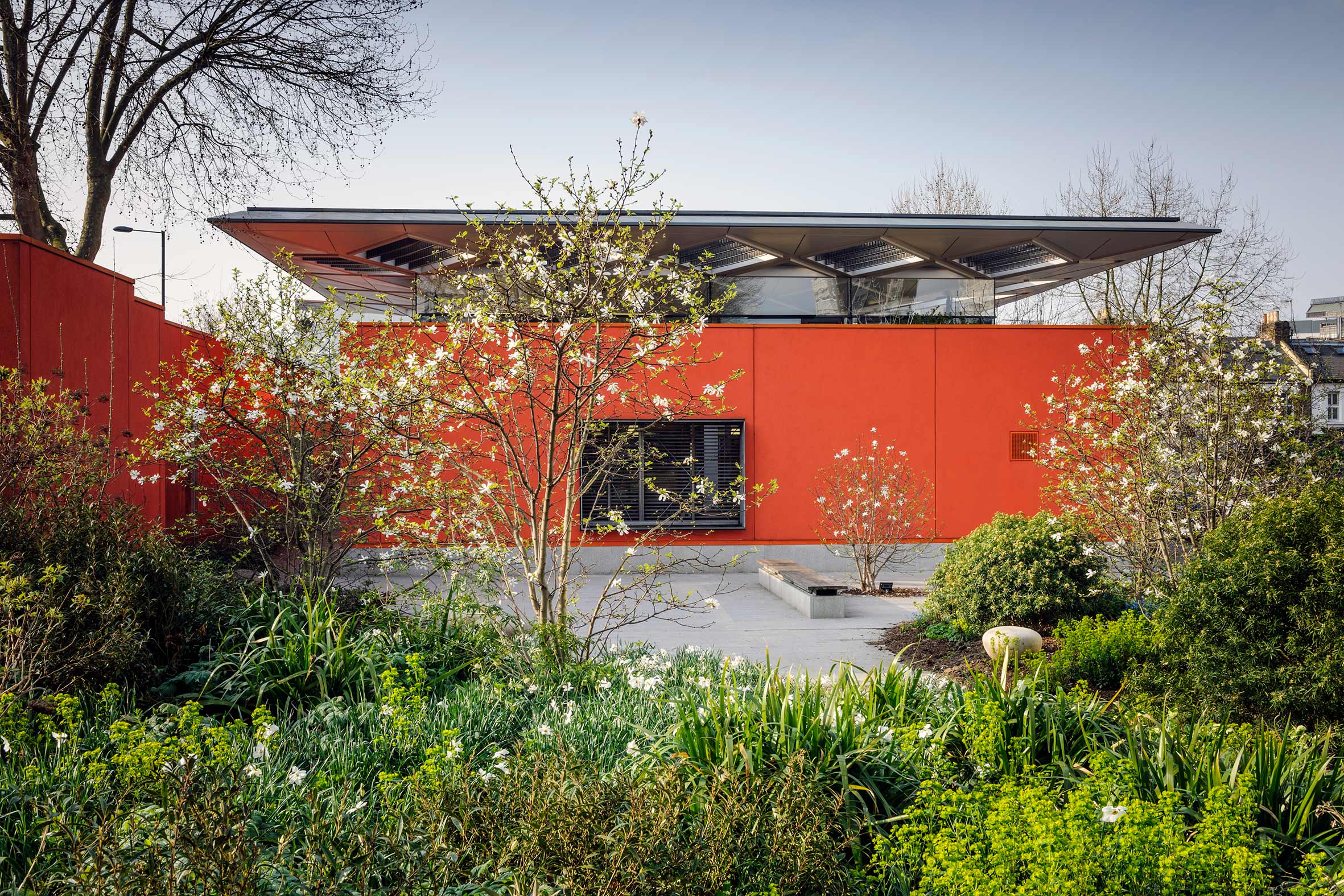 How Maggie’s is redefining cancer care through gardens designed for healing, soothing and liberating
How Maggie’s is redefining cancer care through gardens designed for healing, soothing and liberatingCancer support charity Maggie’s has worked with some of garden design’s most celebrated figures; as it turns 30 next year, advancing upon its goal of ‘30 centres by 30’, we look at the integral role Maggie’s gardens play in nurturing and supporting its users
-
 Futuristic-feeling Southwark Tube Station has been granted Grade II-listed status
Futuristic-feeling Southwark Tube Station has been granted Grade II-listed statusCelebrated as an iconic piece of late 20th-century design, the station has been added to England’s National Heritage List
-
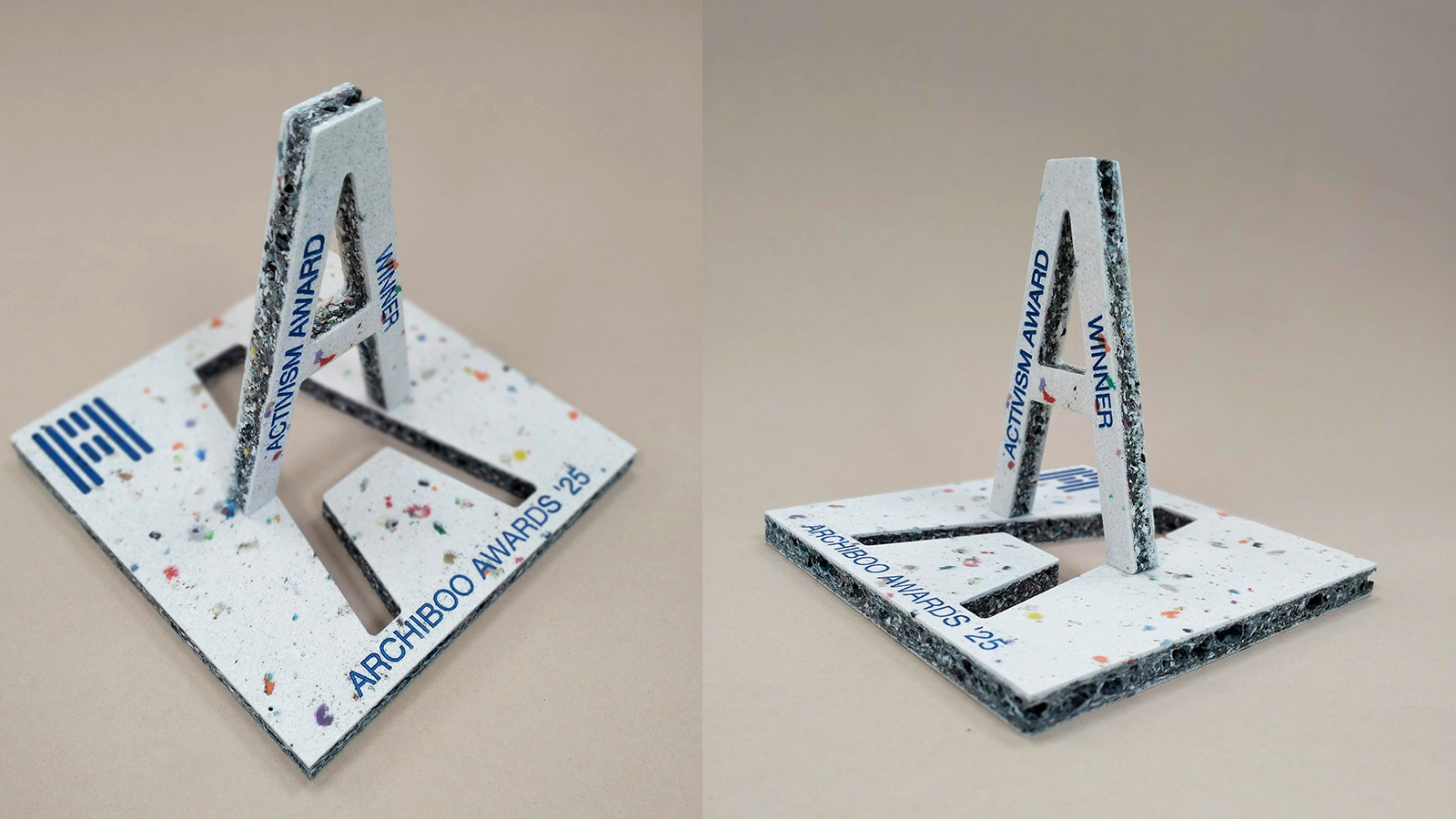 Archiboo Awards 2025 revealed, including prizes for architecture activism and use of AI
Archiboo Awards 2025 revealed, including prizes for architecture activism and use of AIArchiboo Awards 2025 are announced, highlighting Narrative Practice as winners of the Activism in architecture category this year, among several other accolades
-
 Backstage at the Old Vic is all about light, theatre and sustainable action
Backstage at the Old Vic is all about light, theatre and sustainable actionThe theatre's new creative hub by Haworth Tompkins has completed, bringing a distinctly contemporary and colourful addition to the popular theatre space in South London
-
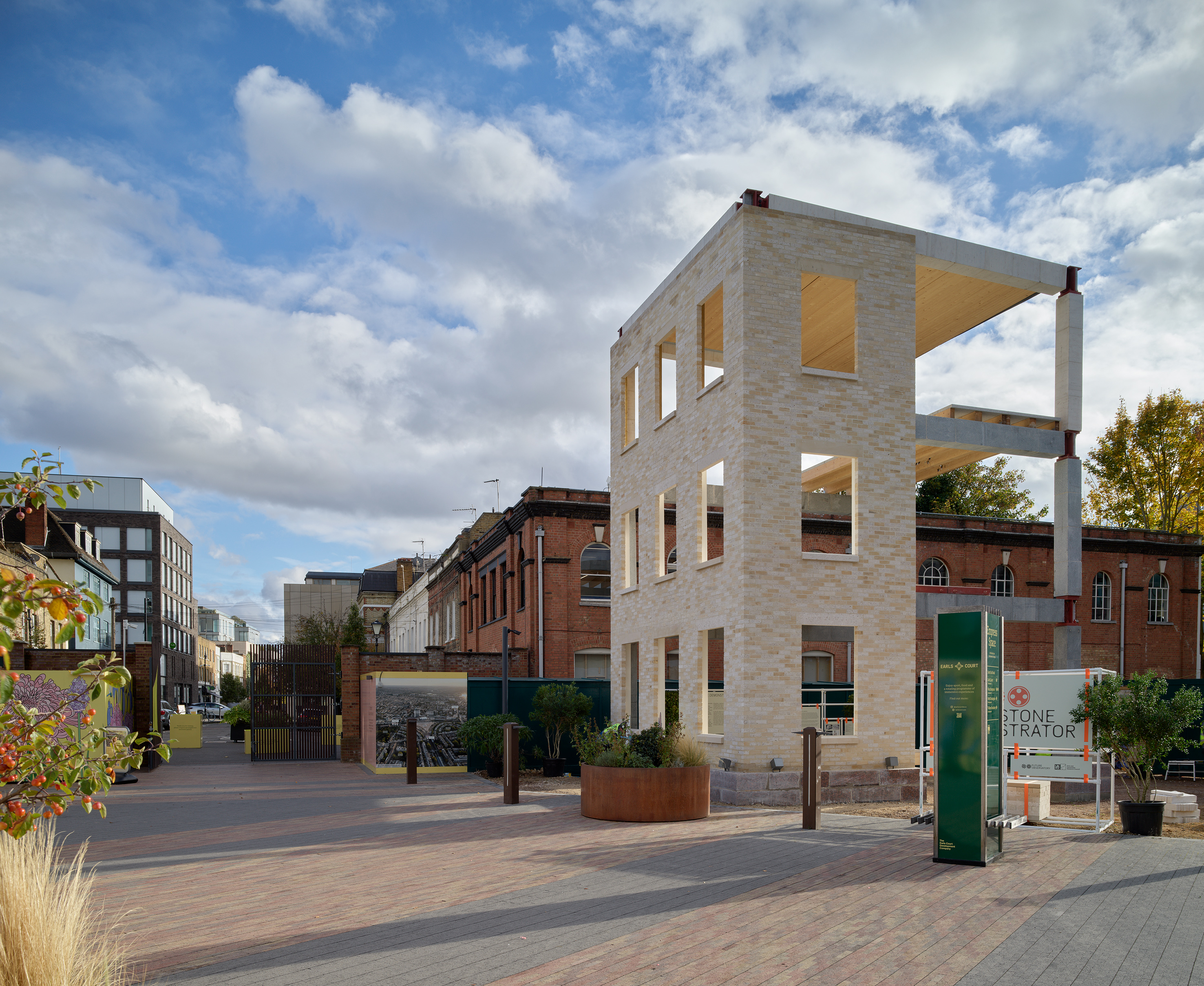 Tempted to try building with stone? This project will convince you of its merits
Tempted to try building with stone? This project will convince you of its meritsWelcome to the Future Observatory's The Stone Demonstrator, a project conceived to show off the material's strong points, now on display in West London
-
 Step inside this Clerkenwell Rooftop, transformed into a minimalist urban abode
Step inside this Clerkenwell Rooftop, transformed into a minimalist urban abodeA Clerkenwell Rooftop has been transformed by Studio Felicity Bell into a minimalist modern home, featuring airy interiors and long views of London
-
 Richard Seifert's London: 'Urban, modern and bombastically brutalist'
Richard Seifert's London: 'Urban, modern and bombastically brutalist'London is full of Richard Seifert buildings, sprinkled with the 20th-century architect's magic and uncompromising style; here, we explore his prolific and, at times, controversial career